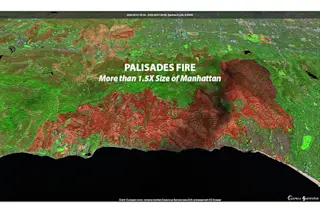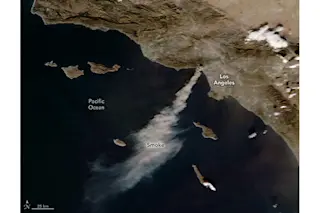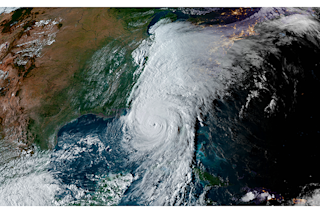10 Bizarre-Looking Tricks of the Weather
These may look like signs from the divine or from the aliens beyond, but actually, weather is just weird.
More on Discover
Stay Curious
SubscribeTo The Magazine
Save up to 40% off the cover price when you subscribe to Discover magazine.
Subscribe












